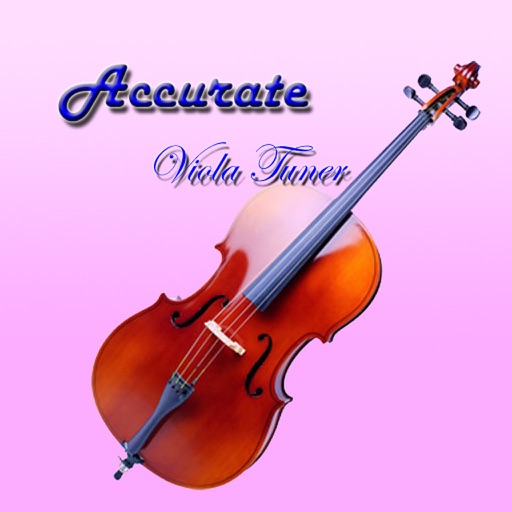

- #Viola tuner settings how to#
- #Viola tuner settings full#
- #Viola tuner settings pro#
- #Viola tuner settings free#
If you practice on an out of tune violin, you may be replicating the notes perfectly with your fingers but you won’t be hearing the correct note. You will only know if you hit the right note if the string is tuned to deliver that note. You are trying very hard to replicate the notes your teacher is showing you and need to learn to hear those notes. Having a violin that is in tune is essential for every musician but as a beginner, it is even more important. It may seem obvious, but you need your violin to be in tune so you hear the note you think you are playing. Mastery is challenging enough as it is without trying to play while your violin is out of tune! Tuning your violin as close to these frequencies as possible is key to getting the most out of your violin. The tuning peg for E will be bottom right when facing your violin.Īs you can see, these are very specific frequencies. Some violins will have fine tuners on all strings while others will just have a fine tuner on E. The E string is the finest string on your violin and the one on the right. The final string in your violin is E and it is set at 659.26Hz. The tuning peg for A will be top right when facing your violin. It is third in line from the left and the second finest string. The third string is A and it is set to 440Hz. The tuning peg for D will be top left when facing your violin. It is the next largest string next to G and is also known as Re. The D string on a violin is the second string and it is set at 293.66Hz. The tuning peg for G will be bottom left if you are facing your violin. The G string is also referred to as Sol but you don’t really need to memorise that yet. If you face your violin, G is the largest string on the left. G stringĪ violin’s G string is the lowest note it can play.

A few of which will feature on this page.įirst, let us look at the strings and their relative frequencies. Until that time, we have a range of methods we can use to tune our violin. Many hundreds, or thousands of hours practice will hone that ear to such a degree that you will be able to tune your violin to within a couple of Hz of perfect just by listening to it. Experienced violinists will be able to tune by ear. Knowing the specific frequency of a note allows us to correctly tune a note using a range of tools. It’s our job as violinists to recognise when our instrument is out of tune and correct it. Over time and continuous use, strings will move incrementally or stretch, losing that tension and thus, losing tune. Violin strings are held at a particular tension by the tuning pegs to achieve those frequencies. Musical notes are set at specific frequencies. You can get five-string violins but that is out of the scope of this piece as it isn’t something a beginner would play. Violins typically have four strings, G, D, A, and E. G NoteĬlick here if you to learn more about violin notes, or read below for a summary.
#Viola tuner settings full#
They are a full 3-minute recording of each note at the right frequency. If you want a reference note to be able to hear what your violin should sound like, simply click on the notes below.
#Viola tuner settings free#
The following can be used as your free violin tuner:
#Viola tuner settings pro#

Best 9 Yamaha Drums Sets – Which One Is Right For YOU?.9 Best Yamaha Electronic Drums (Beginners To Pro).9 Best Electronic Drum Pads – Which One Is Right For YOU?.10 Best Electronic Drum Sets for Beginners and Pros.Cello vs Bass – What are the Key Differences Between Them?.Yamaha Electric Cello Range Explained – SVC110, SVC220 and SVC-50.Electric Cello Ultimate Guide: Overview + 5 Best Options to Buy.10 Best Cecilio Electric Violin Models – Buying Guide + Best Prices.Best Violin for Kids – Ultimate Buying Guide.
#Viola tuner settings how to#


 0 kommentar(er)
0 kommentar(er)
